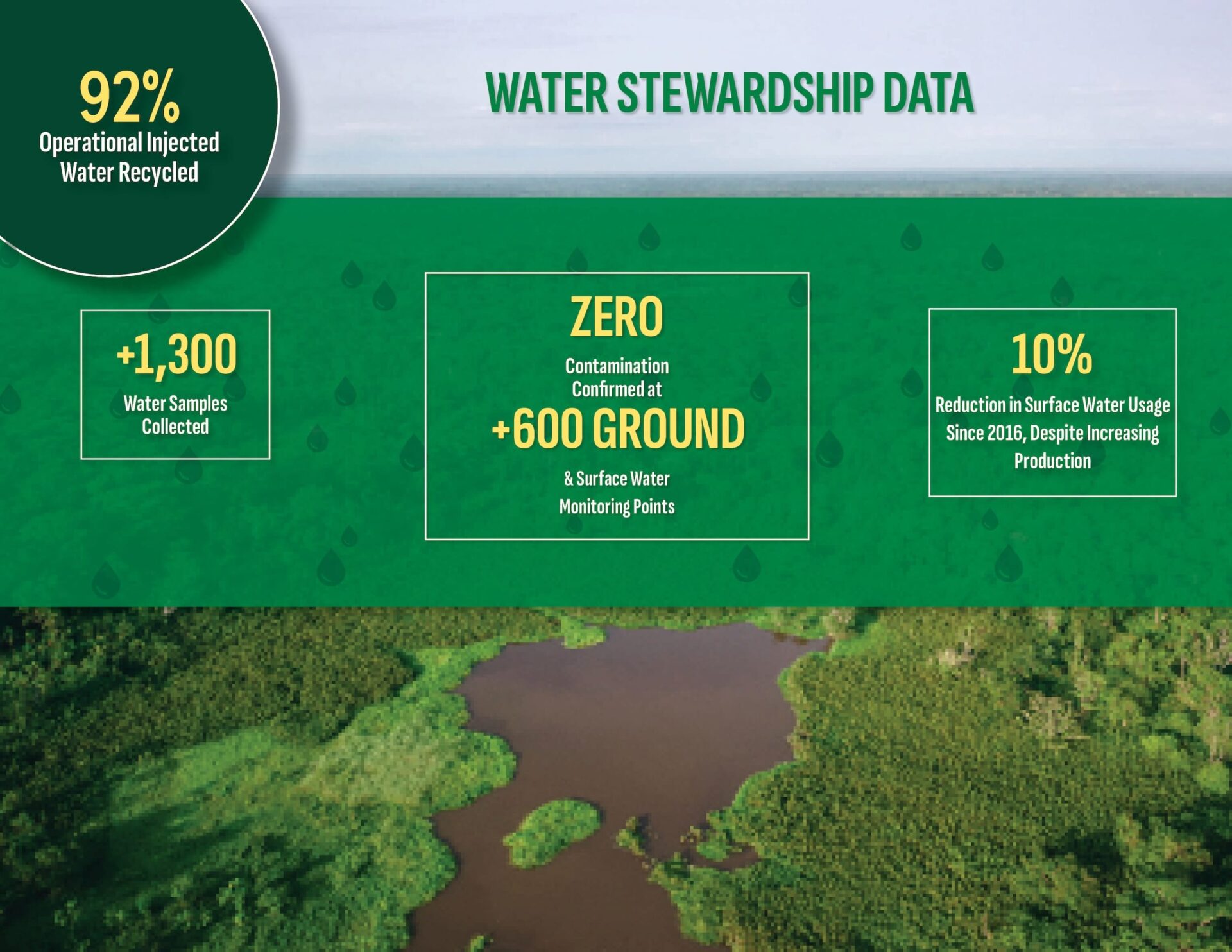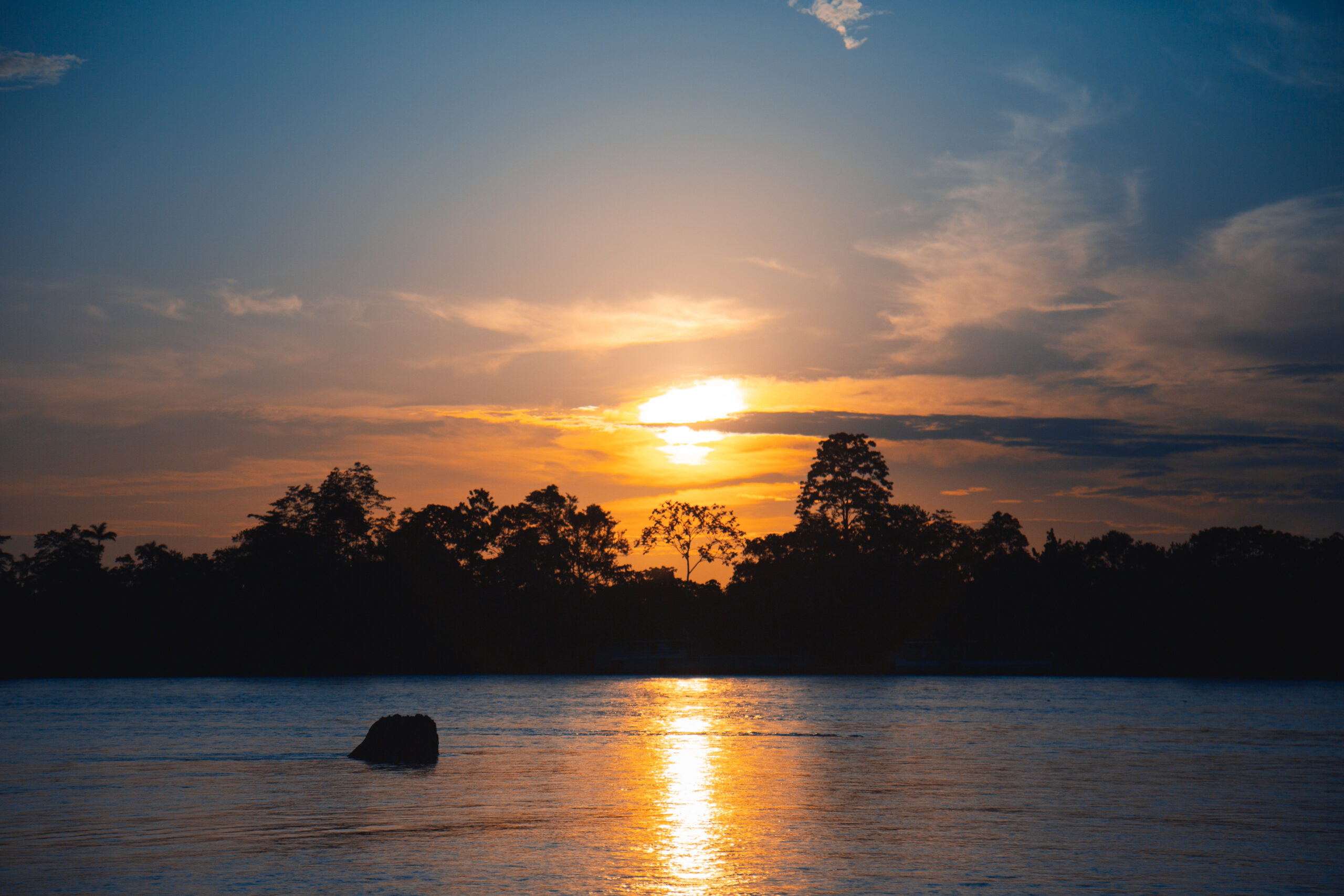Along with voluntary investments that conserve and protect the integrity of water sources near its operations, Gran Tierra continues to reduce freshwater consumption across the lifecycle of its operations. A comprehensive roadmap has been instituted to reduce the use of surface water where possible, with the goal of achieving zero surface water usage in the coming years.
The Company manages its water use following a risk-based approach to ensure it is not placing stress on local surface water resources. Fresh water is provided for domestic use at its camps and utilized for business operations including well maintenance and drilling activities in some locations. The water that is produced alongside crude from the deep underground wells is recycled and reinjected into the reservoirs to maintain pressure in many of the Company’s fields.
Gran Tierra also records and reports water impacts and usage in alignment with international ESG reporting frameworks, including the International Petroleum Industry Environmental Conservation Association (IPIECA), the Sustainability Accounting Standards Board (SASB) and the Global Reporting Initiative (GRI). According to The World Resources Institute’s (WRI) Water Risk Atlas tool – Aqueduct, all of GTE’s water withdrawals are located in areas with low water stress and low to medium overall water risk. Over the last six years, GTE has kept its average water withdrawal intensity below 0.09 m3/bbl and its average surface water withdrawal intensity below 0.07 m3/bbl.
Utilizing Non-potable Water Resources
Enhanced oil recovery methods, including water and polymer injection, return the water produced alongside hydrocarbons into the same subsurface zone it originated from to maintain pressure and increase recovery from reservoirs. The Company leverages technologies to enable the use of highly saline, non-potable water from subsurface formations, thousands of feet deep for operations, instead of drawing from surface and freshwater sources. Pilot projects are currently underway to investigate the feasibility of transporting excess produced water by pipeline from the Company’s surrounding assets to support the waterflood program at Costayaco and further limit surface water usage.










